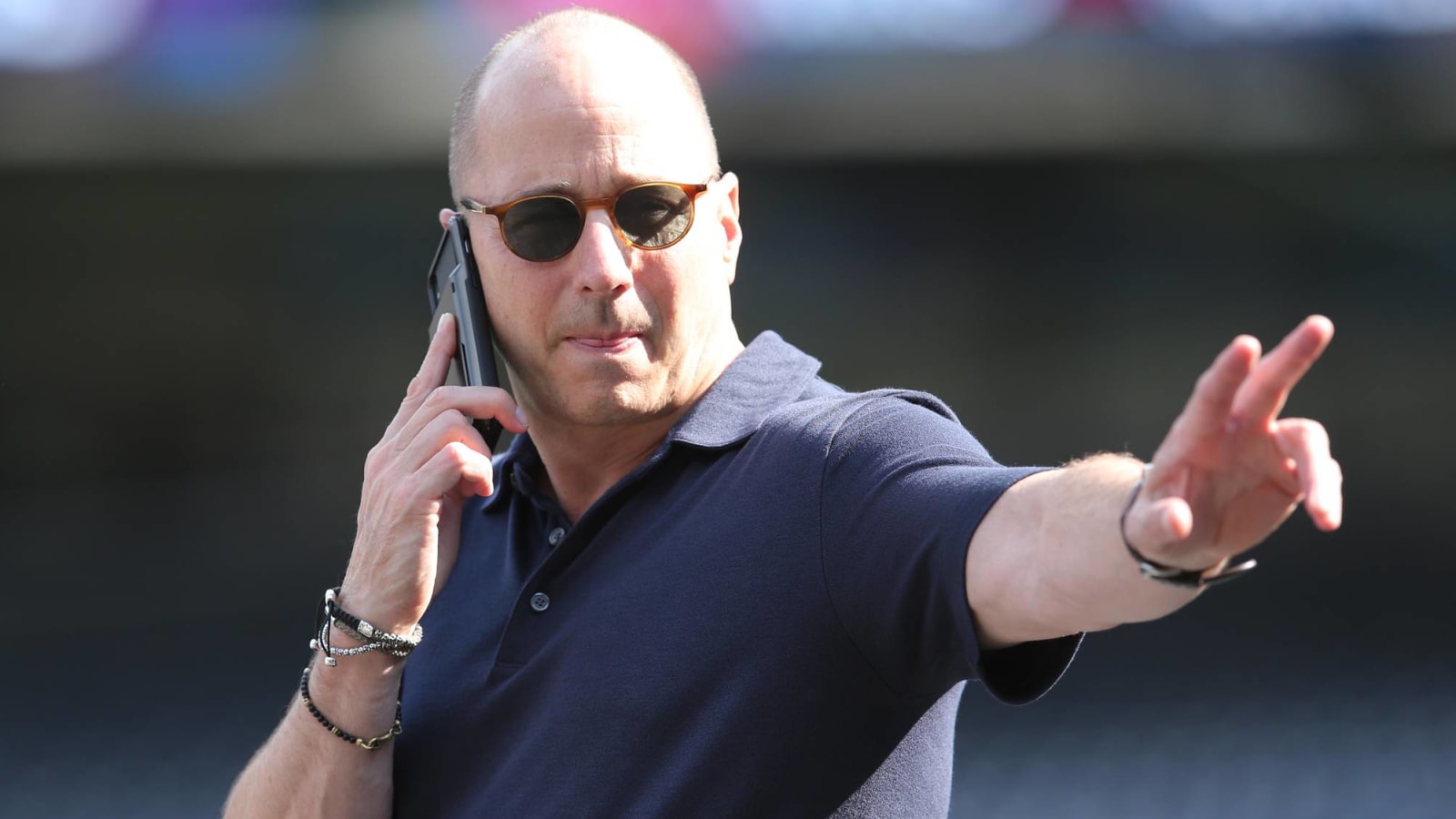
The Red Sox, Yankees, and Cubs were the three teams to exceed the luxury tax threshold in 2019, as Jorge Castillo of the Los Angeles Times noted over the weekend. MLBTR has confirmed that is the complete and final list of organizations identified by Major League Baseball as owing competitive balance obligations.
Each of those clubs exceeded $206M in 2019 payroll, as calculated by Major League Baseball pursuant to the rules governing the competitive balance tax. Generally, the CBT calculation looks to the average annual value of player contracts while also accounting for bonuses and other payroll-related expenses. The CBT threshold rises to $208M in 2020 and then to $210M in 2021.
Last year, the Red Sox and Nationals surpassed the spending threshold and paid taxes. The D.C. organization managed to duck under the line but could again be in that tax bracket if it spends to defend its World Series title. The Red Sox are expected to try to duck under the limbo bar in 2020. Meanwhile, the Dodgers have now gone two straight years without paying after a five-season streak of tax bills.
Precise calculations aren’t yet available, but Cot’s on Contracts has estimates of the complicated CBT tabulations. Their figures show both the Nats and Dodgers over the line, though obviously those organizations were able to sneak in just below. The Astros and Phillies appear to have been the next-biggest spenders, though both were a fair sight shy of any tax bills.
The Cot’s figures allow us to make some rough estimates of the actual amounts due. The Red Sox will pay the most, as they were the only team to incur tax liability for consecutive seasons, thus raising the rate. With an estimated payroll of just under $240M, the Boston org will pay 30 percent on their first $20M in overages and 42 percent on the rest, resulting in an estimated bill of just under $12M.
The Cubs also ran up a tab that came in just shy of the $240M mark by Cot’s reckoning. They are not a repeat luxury level team and therefore pay the base rate of 20 percent for the first $20M and 32 percent for the next $20M in salary over the threshold. That would result in a liability of a little under $8.5M. Cot’s credits the Yankees with $234M of spending for CBT purposes. Since the Bronx Bombers spent a year shy of the luxury line, they also get first-time treatment and would stand to owe just over $6.5M.
None of the three teams came close to topping $246M in payroll, at which point they’d not only have faced a bigger tax rate on further spending but also would’ve seen their top draft pick moved down the board ten spots. But the trio does still face some ongoing impact beyond the money owed. Inking a free agent who declined a qualifying offer will cost a bit more in compensation than it would have otherwise — specifically, $1M in international amateur bonus pool spending capacity along with the team’s second and fifth-highest draft picks. The rules also suppress the level of compensation available to teams that lose QO’ed free agents after exceeding the luxury line, though none of these three clubs issued qualifying offers this offseason.
More must-reads:
- Assessing the offseason for the Boston Red Sox
- J.D. Martinez’s choice to stay in Boston will have big impact on offseason for Red Sox
- The 'MLB Rookies of the Year' quiz
Breaking News
Customize Your Newsletter
 +
+
Get the latest news and rumors, customized to your favorite sports and teams. Emailed daily. Always free!

